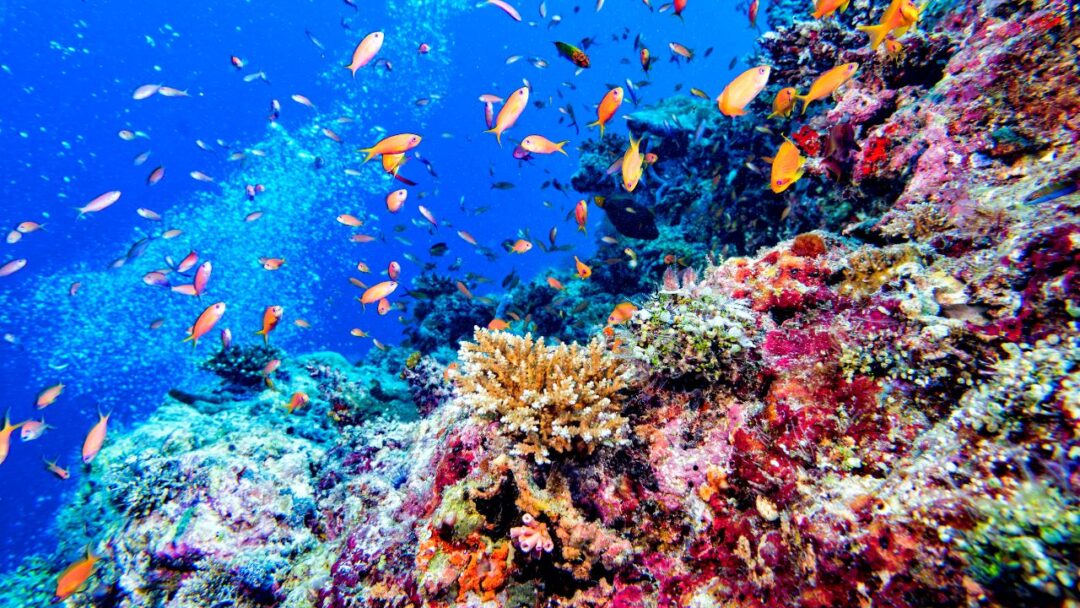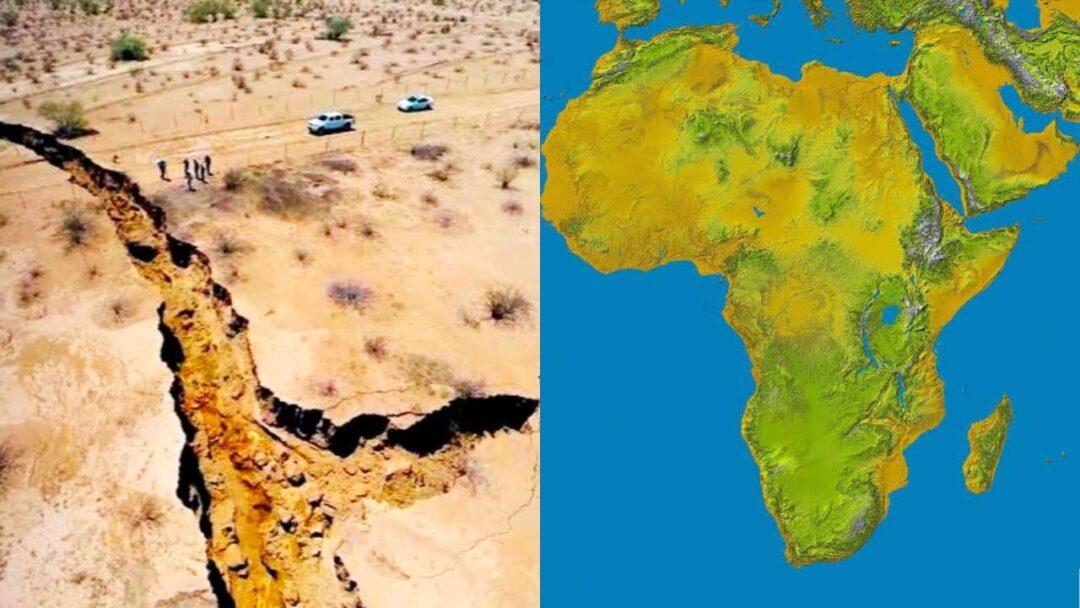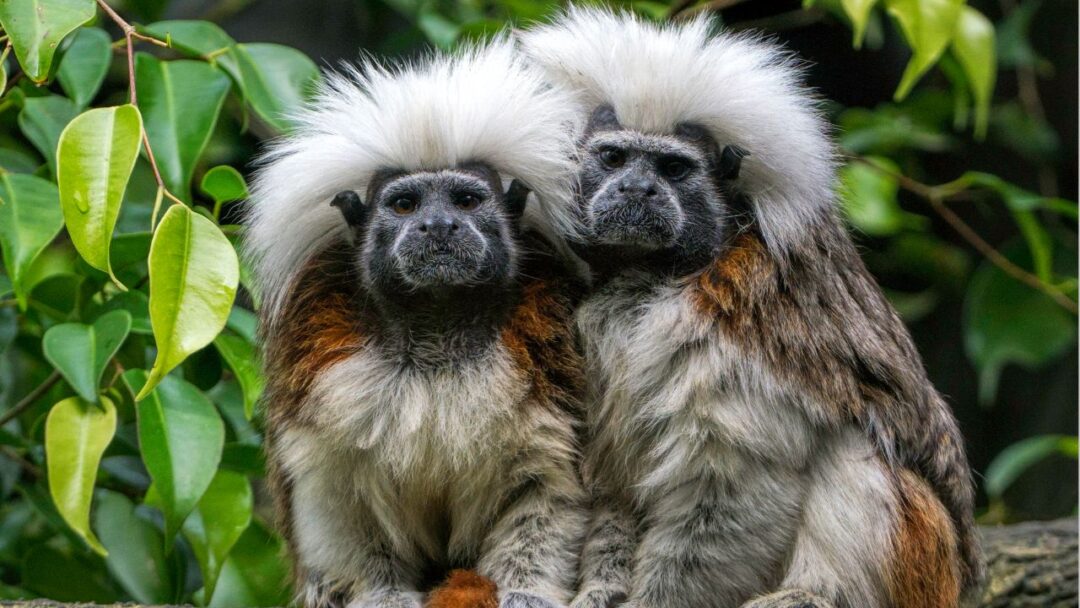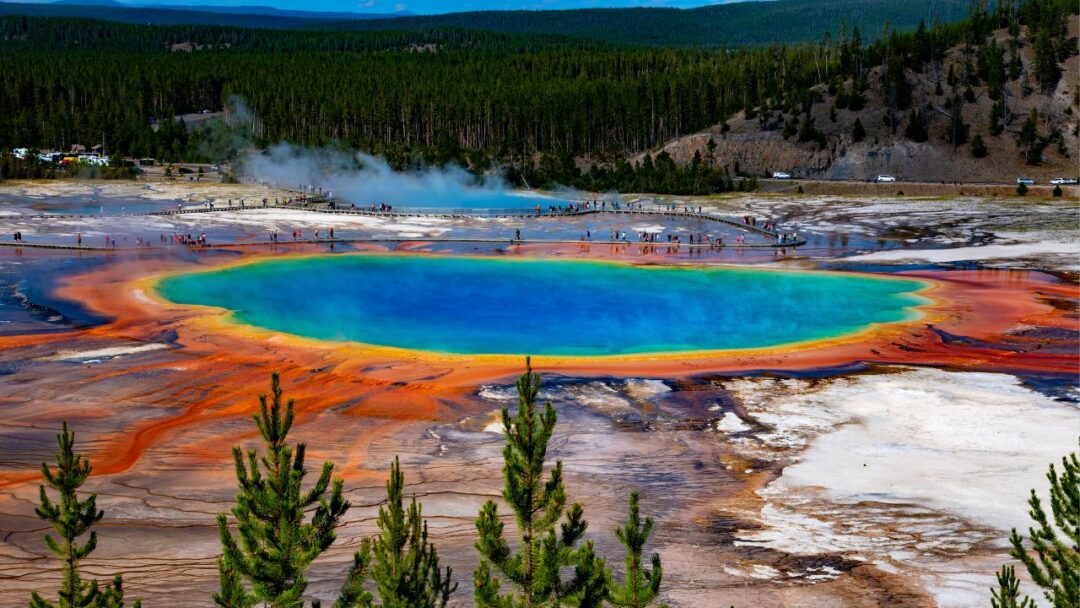Table of Contents

Introduction
Underwater Jungles: Exploring the Fascinating World of Coral Reefs? The coral reefs are an enchanting realm hidden beneath the waves, teeming with vibrant colors and teeming life. For millions of years, these underwater jungles have been an essential part of our planet’s ecosystems, like a symphony of nature’s artistry. We will discover the intricate wonders of coral reefs, their importance to marine biodiversity, the challenges they face, and the critical need for conservation efforts to protect these delicate marine ecosystems as we embark on this journey of exploration.
What Are Coral Reefs?
Coral reefs are bio diverse underwater ecosystems that are primarily formed by colonies of tiny animals called coral polyps. These colonies, made up of limestone skeletons secreted by polyps, form intricate structures that provide shelter and food for a diverse range of marine organisms. Coral reefs can be found in both shallow and deep waters throughout tropical and subtropical regions, with the largest and most diverse systems found in the Indo-Pacific region known as the “Coral Triangle.”
The Biodiversity of Coral Reefs
Coral reefs are known as the “rainforests of the sea” due to their incredible biodiversity. The reefs are home to a diverse range of marine life, including colorful fish, mollusks, and crustaceans, as well as sea turtles, sharks, and dolphins. Coral structures are essential to the ecological balance of the oceans because they provide vital breeding and feeding grounds for countless species.
The Symbiotic Relationship: Coral Polyps and Algae
The vibrant colors of coral reefs are due to a fascinating symbiotic relationship between coral polyps and photosynthetic algae known as zooxanthellae. These microscopic algae live within coral tissues and use sunlight to produce energy via photosynthesis. In exchange, the coral provides a safe environment as well as vital nutrients to the algae. This mutualistic relationship boosts the coral’s growth and resilience, making it more resistant to environmental stressors.
The Fragile Beauty Under Threat
Despite their resilience, coral reefs face a slew of threats, the most significant of which are human activities. Climate change, ocean acidification, pollution, overfishing, and destructive fishing practices all pose serious threats to these fragile ecosystems. Coral bleaching, a phenomenon in which corals expel their symbiotic algae due to stress, is one of the most concerning consequences. If conditions do not improve, corals will die.
Coral Bleaching and Global Warming
Coral bleaching events are exacerbated by global warming and rising sea temperatures. When temperatures rise above the corals’ tolerance levels, they expel their zooxanthellae, causing the corals’ vibrant colors to fade and weakening the entire reef structure. It is critical to take immediate action to reduce greenhouse gas emissions in order to prevent further deterioration of coral reefs and other marine ecosystems.
The Importance of Coral Reef Conservation
Coral reef conservation is critical not only for the preservation of marine biodiversity, but also for the health of human populations. Millions of people worldwide rely on coral reefs for a living because these ecosystems support fishing, tourism, and coastal protection. Coral reef preservation protects these valuable resources for current and future generations.
Restoration Efforts and Conservation Initiatives
In response to the alarming decline of coral reefs, numerous organizations, scientists, and governments have joined forces to implement restoration and conservation initiatives. Coral nurseries, where fragments of healthy corals are cultivated and transplanted back to degraded reefs, are among these efforts. Furthermore, sustainable fishing practices and marine protected areas are critical strategies for protecting these ecosystems.
The Role of Individuals in Coral Reef Conservation
While large-scale conservation efforts are critical, individuals can also play an important role in coral reef protection. Responsible tourism, plastic waste reduction, sustainable seafood choices, and raising awareness about the importance of coral reefs are all small but significant steps that can help to preserve these underwater wonders.
Frequently Asked Question (FAQ)
Where are coral reefs found?
Coral reefs are primarily found in warm, shallow waters of tropical and subtropical regions around the world. They thrive in places with clear and sunlit waters.
Why are coral reefs often referred to as “underwater jungles”?
Coral reefs are known as “underwater jungles” because of their incredible biodiversity and vibrant colors, which resemble the rich diversity and dense vegetation found in terrestrial rainforests.
What makes coral reefs so important?
Coral reefs are critical to the survival of marine life. Numerous species of fish, invertebrates, and other marine organisms use them for habitat, breeding grounds, and food.
How are coral reefs formed?
When coral polyps settle on submerged rocky surfaces or the skeletons of previous corals, coral reefs form. Polyps reproduce and secrete calcium carbonate over time, gradually forming the reef structure.
What are some famous coral reef locations?
Some of the most famous coral reef locations include the Great Barrier Reef in Australia, the Mesoamerican Barrier Reef off the coast of Mexico, and the Red Sea Coral Reef in Egypt.
Are coral reefs endangered?
Yes, coral reefs are under threat from climate change, pollution, overfishing, and coastal development. Coral bleaching is wreaking havoc on many reefs, potentially leading to their demise.
How does coral bleaching occur?
Coral bleaching occurs when corals expel their symbiotic algae (zooxanthellae) as a result of stress, which is frequently caused by rising water temperatures. This causes corals to lose their vibrant colors and can have serious consequences for their health.
Can coral reefs recover from bleaching events?
Coral reefs can recover from bleaching events over time if conditions are favorable. However, repeated and prolonged bleaching can impair their ability to fully recover.
How can I help protect coral reefs?
Reduce your carbon footprint, use reef-safe sunscreen, avoid single-use plastics, support sustainable fishing practices, and raise awareness about the importance of coral reef conservation to help protect coral reefs.
Are there any unique creatures living in coral reefs?
Absolutely! Coral reefs are home to a diverse range of marine life, including colorful fish, sea turtles, sharks, rays, eels, and invertebrates such as sea stars and sea cucumbers.
Can you scuba dive or snorkel near coral reefs?
Many coral reefs are popular diving and snorkeling spots. They provide an opportunity to see the incredible beauty and biodiversity of these underwater ecosystems up close.
How deep can coral reefs go?
Coral reefs thrive in shallow waters up to 150 feet (45 meters) deep, though some can be found at greater depths.
Do coral reefs provide any benefits to humans?
Yes, coral reefs provide numerous advantages to humans. They act as natural barriers, preventing erosion and storm damage to coastlines. They also help fisheries, tourism, and provide potential sources for medical research.
Can I touch or walk on coral reefs?
Coral reefs are delicate ecosystems that must not be touched or walked on. Physical contact can harm coral polyps and disrupt the delicate marine life balance.
How do scientists study coral reefs?
To monitor coral reef health and changes over time, scientists conduct underwater surveys, remote sensing, and data collection on water quality, temperature, and biodiversity.
Are there any famous shipwrecks near coral reefs?
Yes, some coral reefs are well-known for their shipwrecks, which have become popular underwater attractions for divers and marine enthusiasts.
Can coral reefs survive in colder waters?
Coral reefs are typically found in warmer waters, but some coral species can adapt and thrive in slightly cooler waters.
What role do coral reefs play in the food chain?
Coral reefs support complex food chains, supplying food for a wide range of marine species, from tiny zooplankton to large predators.
How do coral reefs contribute to global biodiversity?
Coral reefs are thought to house roughly one-quarter of all marine species, making them one of the most biologically diverse ecosystems on the planet.
Conclusion
Coral reefs stand as testaments to nature’s beauty and resilience in the mysterious depths of the oceans. With their intricate ecosystems and stunning biodiversity, these underwater jungles are critical pillars of marine life. However, their survival is threatened, owing primarily to human activity and climate change.
Urgent action is required to ensure the survival of coral reefs and the countless marine species that rely on them. We can protect these fascinating ecosystems for future generations by fostering a global commitment to reduce greenhouse gas emissions, promoting sustainable practices, and supporting conservation initiatives.
Let us not only marvel at the wonders of coral reefs, but also become stewards of their preservation, because protecting these delicate marine ecosystems protects the future of our oceans and planet.
Off-the-Beaten-Path Nature Destinations: Discovering the Hidden Gems : NEXT POST





Pingback: Eco Bricks: Building A Sustainable Future - A Step-by-Step Guide | Animal TV Hindi